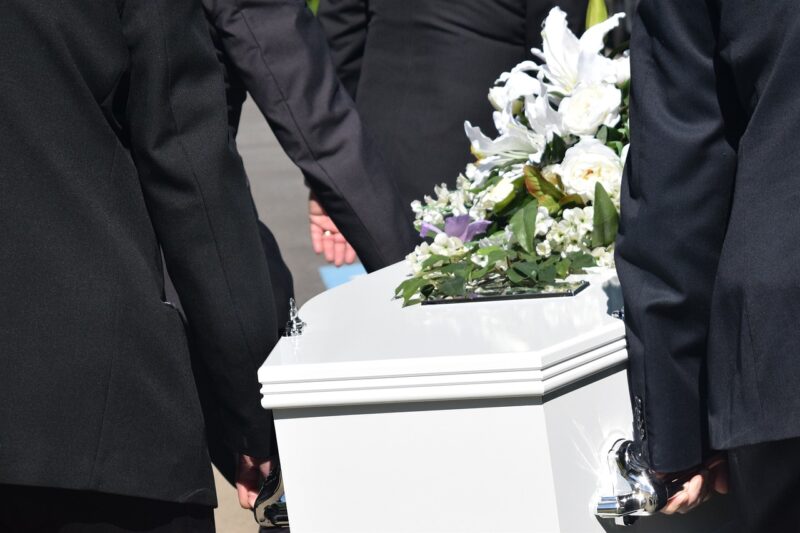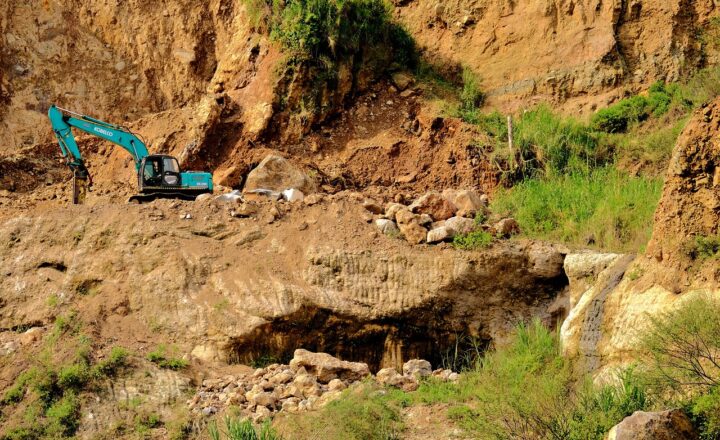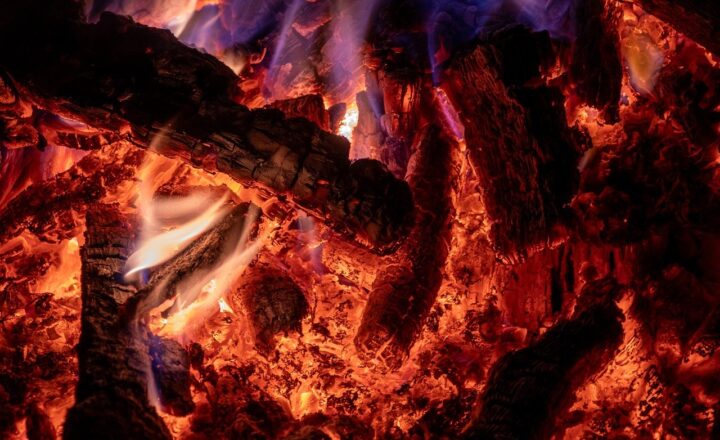How Funeral Traditions Have Changed Across Cultures and Time Periods
November 15, 2024

Funeral traditions are deeply rooted in cultural, historical, and religious beliefs that reflect how societies perceive death and the afterlife. Over the centuries, these rituals have evolved significantly, adapting to social changes, technological advancements, and intercultural exchanges. In this article, we will explore how funeral traditions have changed across various cultures and time periods, highlighting both the common threads and distinct practices that characterize them.
1. The Nature of Death Across Cultures
Death is a universal experience, yet the interpretations of what it means can vary. In many cultures, death is seen not as an end but a transition to another existence. For instance, in ancient Egyptian culture, it was believed that the dead would journey through the underworld, facing challenges before attaining eternal life. Thus, elaborate burial practices were developed, including mummification and the construction of grand tombs like the pyramids.
Conversely, in Western cultures, especially during the medieval period, death was often viewed with fear and trepidation, reflecting the prevalence of the bubonic plague. This period saw the rise of mass graves and simplistic burials as an acknowledgment of the overwhelming nature of death. Over time, these views would shift, giving rise to more individualized memorial practices.
2. Historical Context of Funeral Practices
Throughout history, funeral traditions have mirrored societal values and technological advances:
- Ancient Civilizations: In ancient Greece, funerary practices included elaborate rituals to honor the deceased, emphasizing the importance of a proper burial to ensure safe passage to the underworld. The Greeks had a rich tradition of mourning, with the use of lamentations and rituals that could last up to a year after death.
- The Roman Empire: Romans emphasized public display and memorialization, often building elaborate mausoleums and allowing for the practice of cremation. The use of the word ‘funeral’ stems from the Latin ‘funus,’ which reflects their deep respect for the dead and the importance of memory and legacy.
- Middle Ages to the Renaissance: The Medieval period saw the Church’s growing influence over funeral rites, introducing the concept of purgatory and the use of masses to pray for the dead. The Renaissance rekindled interest in ancient practices, leading to the establishment of more personalized burial customs, including beautiful stone markers and memorials.
- Modern Era: In the 19th century, the Industrial Revolution brought mass production to funerals. Embalming became more common, leading to the establishment of the modern funeral home. This period also saw the rise of memorial parks and a shift towards celebrating life rather than focusing solely on mourning the deceased.
Each historical epoch reflected the unique relationship between the living and the dead, and funeral customs changed as societal structures evolved.
3. Cultural Variations in Funerary Traditions
Funeral practices vary widely around the globe, influenced by local cultures and religious beliefs:
- Asian Traditions: In many Asian cultures, such as Chinese and Japanese, the concept of ancestor worship is predominant. Rituals often include offering food, incense, and prayers to honor deceased ancestors during festivals like Qingming or Obon. The emphasis is on maintaining a connection with loved ones beyond the grave, embodying respect and remembrance.
- African Tribes: Many African cultures have rich traditions of funerals that include song, dance, and storytelling. For the Akan people of Ghana, funerals are major social events, often involving elaborate celebrations reflecting the deceased’s life and status in the community. The belief in life after death influences many practices, including the preparation of the body and burial rites.
- Indigenous Cultures: Among Native American tribes, the practice of honoring the dead varies tremendously. Many tribes, such as the Navajo, incorporate spiritual rituals, emphasizing the natural cycle of life and death. Some tribes also practice sky burials, leaving the body to be consumed by nature, adhering to the belief of returning the body to the earth and its elements.
- Western Traditions: In contemporary Western societies, funerals often encompass personalized services, where families are encouraged to celebrate the unique traits and contributions of the deceased. Cremation has gained popularity, sometimes reflecting environmental consciousness and personal choice regarding body disposal, contrasting with historic grave burial practices.
The various methods of handling death illustrate distinct beliefs about life, afterlife, and the way communities cope with loss.
4. The Impact of Technology on Funeral Traditions
Technological advancements have influenced funeral practices significantly:
- Digital Memorials: The rise of social media has transformed how we remember the deceased. Online memorials and virtual tributes allow people to connect and share memories globally, making it possible for those unable to attend funerals to participate in the mourning process remotely.
- Virtual Funerals: The COVID-19 pandemic accelerated the use of virtual funerals, thereby providing a means to celebrate lives safely during health crises. Platforms like Zoom have enabled families to gather online, creating new customs within the traditional framework of memorial services.
- Biotechnology Innovations: New methods, such as biodegradable caskets and aquamation, reflect a growing awareness of environmental issues associated with conventional burial practices. Innovative solutions offer sustainable alternatives that align with the values of eco-conscious individuals and communities.
These innovations represent a shift towards making funeral practices more accessible, inclusive, and environmentally friendly.
5. Future Trends in Funeral Traditions
The future of funerals is likely to be shaped by ongoing cultural changes and technological advancements:
- Personalization: As society moves towards valuing individuality, personalization in memorial services will likely increase. More families may opt for unique ceremonies that reflect the deceased’s lifestyle, preferences, and legacies, moving away from cookie-cutter funeral homes.
- Sustainability: The rise of environmental awareness will continue to play a pivotal role in shaping future funeral traditions. More eco-friendly practices may emerge, such as conservation burial grounds or memorial services that focus on the celebrating rather than disposal of remains.
- Virtual Reality Experiences: Advancements in technology may allow families to create immersive experiences that involve the deceased’s favorite locations, hobbies, or even virtual avatar experiences, making the celebration of life engaging and unforgettable.
As cultures blend and technology progresses, the way we honor our dead will undoubtedly evolve further, providing creative avenues for remembrance.
Conclusion
Funeral traditions are a reflection of the complexities of human experience dealing with death, shaped significantly by cultural beliefs, historical events, and technological developments. By understanding how these practices have evolved over time, we gain insight not only into various cultures but also into the universal themes connecting humanity in confronting mortality. As we look forward to the future, the continued adaptation of funeral traditions will remain a profound testament to the ways people cope with loss, honor their loved ones, and celebrate life itself.







